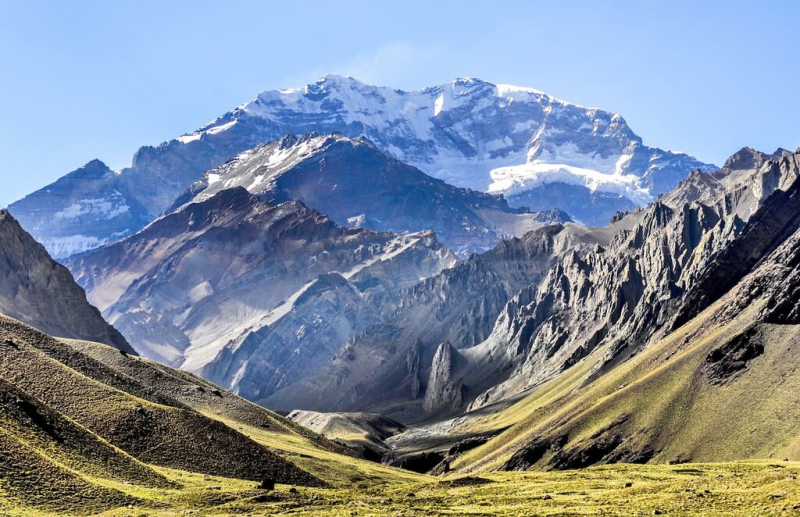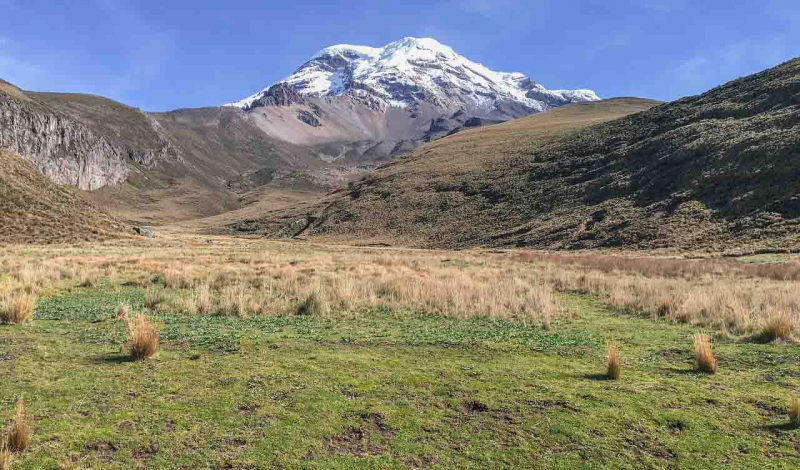The Andes

Instead of a single line of intimidating peaks, travelers to the Andes would see a sequence of parallel and transverse mountain ranges, or cordilleras, together with interstitial plateaus and depressions.
They can be found all along South America's western border; they cover a 5,500-mile stretch from the continent's southernmost coast, Tierra del Fuego, to its northernmost coast, the Caribbean Sea (8,900 kilometers). Along with a number of volcanoes that make up the eastern edge of the Pacific "Ring of Fire," the Andes are home to some of the highest peaks in the Western Hemisphere. On the boundary of Chile and Argentina, Mount Aconcagua has the highest summit at 22,831 feet. The availability of plentiful food sources has an impact on all animal life. The upper limit of residence for animals in South America is the permanent snow line. While certain plants and animals can survive at any height, others can only do so.
Along with other animals, the Andes are home to the guemul, puma, vizcacha, cuy (guinea pig), and chinchilla. Beautiful mid-latitude rain forests of the conifer genus Araucaria as well as oak, coigue (an evergreen used for thatching), chusquea, cypress, and larch are typical in the southern Patagonian Andes. Cloud forests can be found in the north and are mostly made up of trees from the Lauraceae, Melastomataceae, and Rubiaceae families. The treeline gradually gives way to grasslands throughout the Andes, many of which are distinctively characterized by a tall, thick-stemmed member of the aster family (Asteraceae), known as Espeletia.
Location: edge of South America
Length of range: 4300 mi











